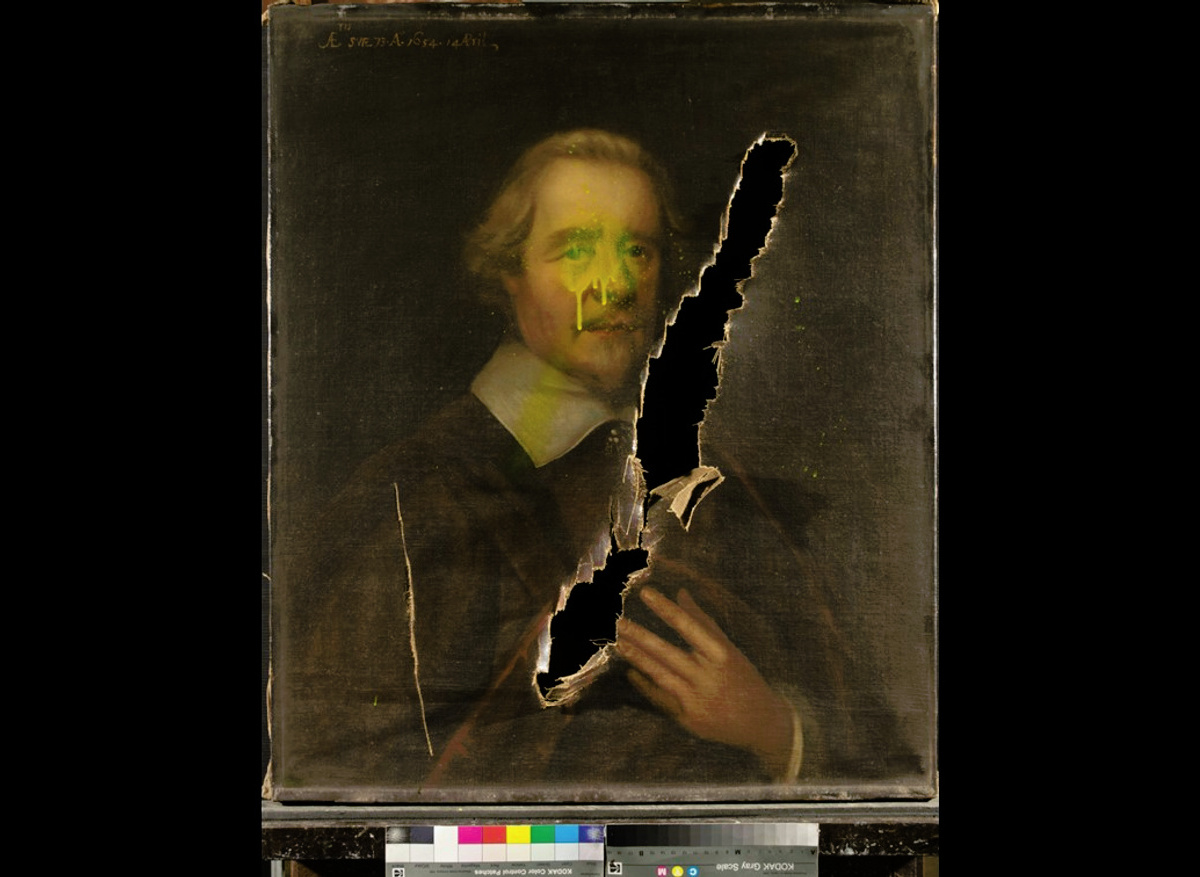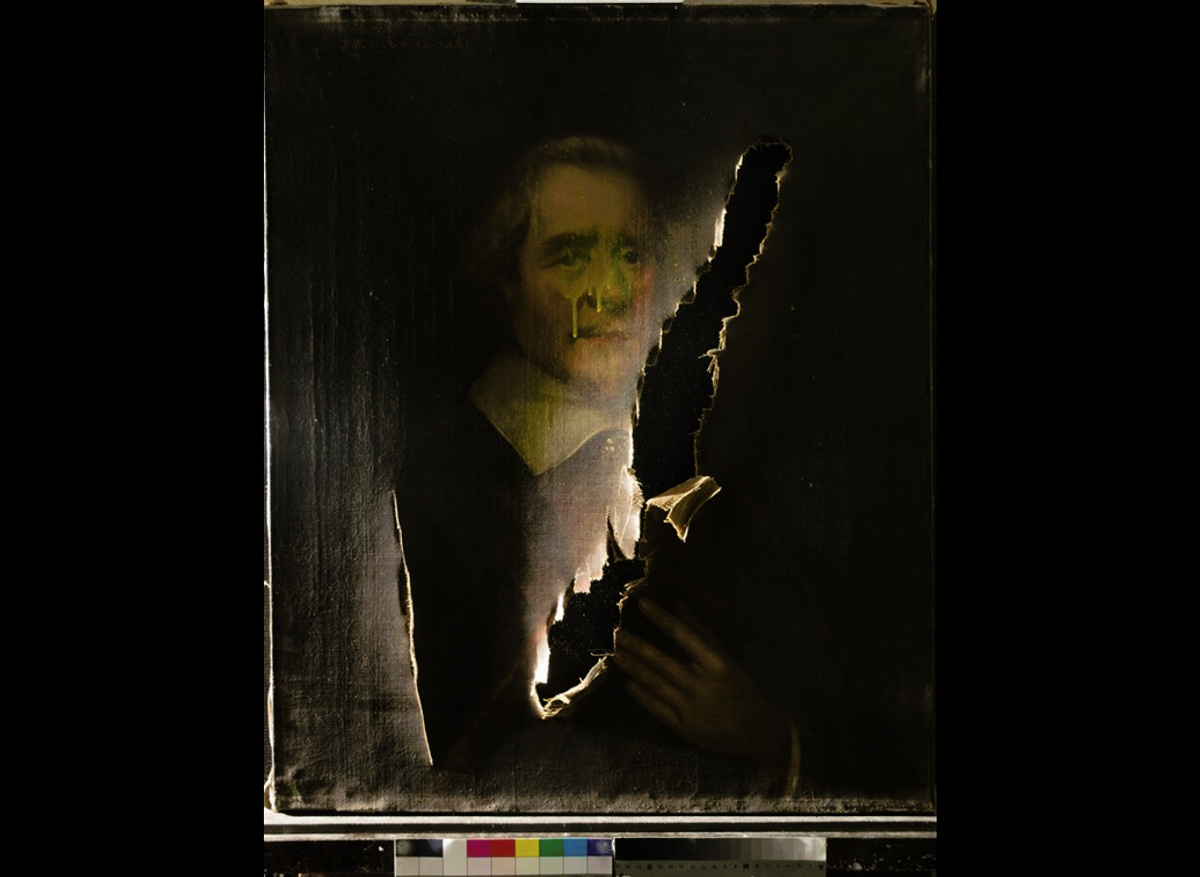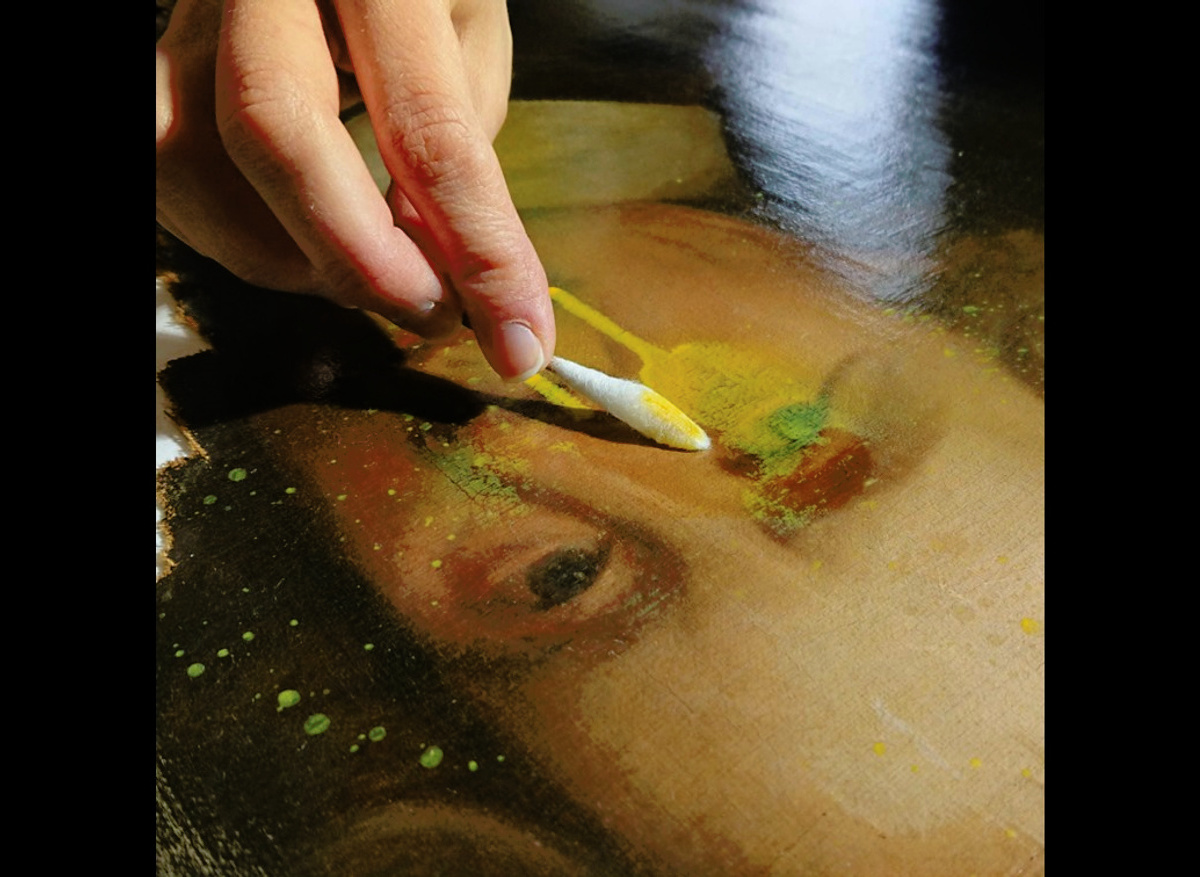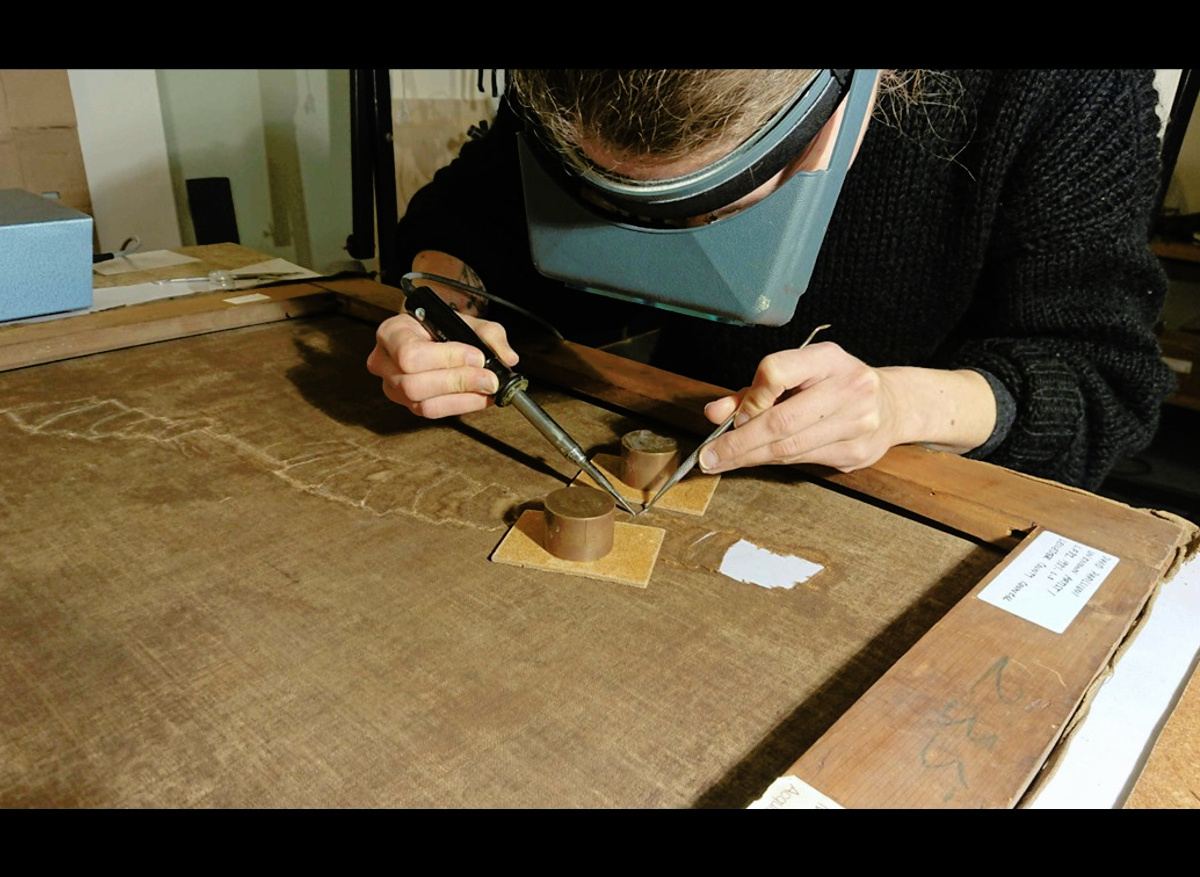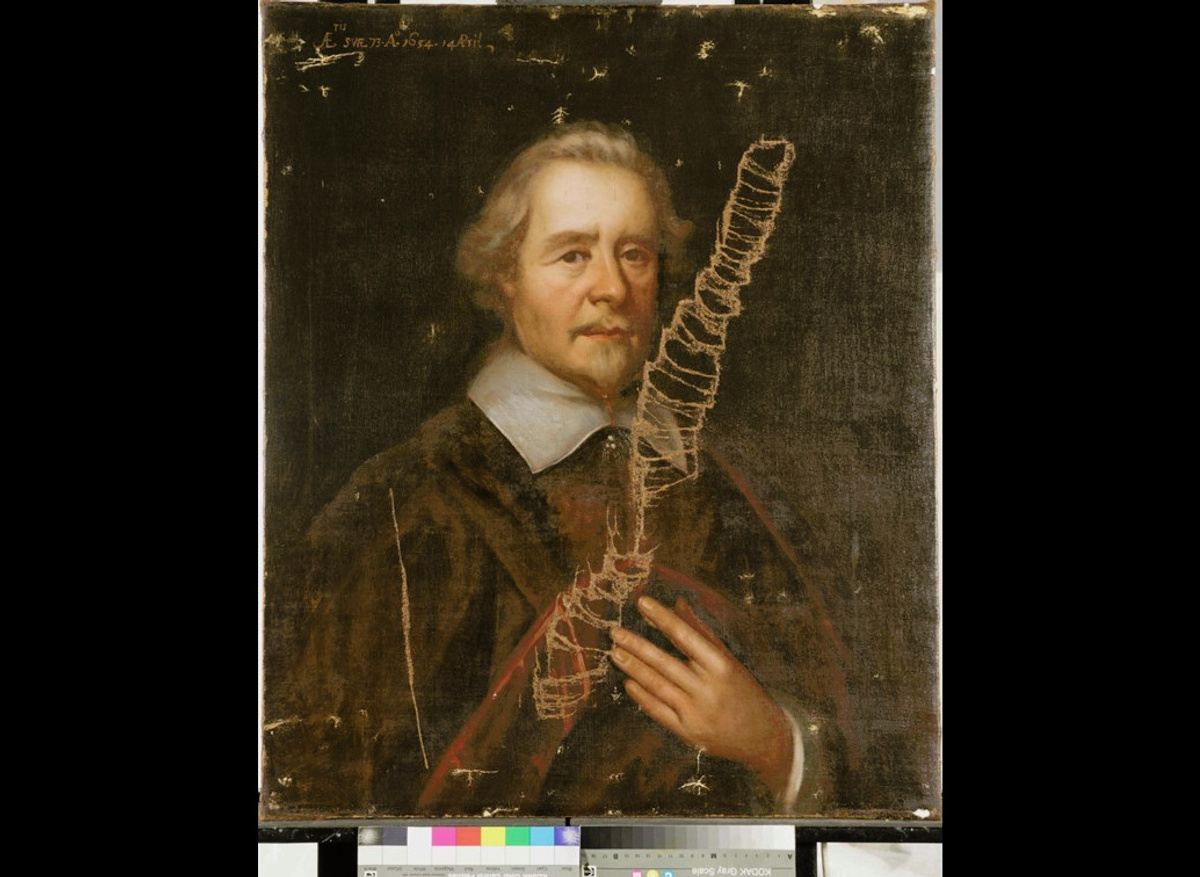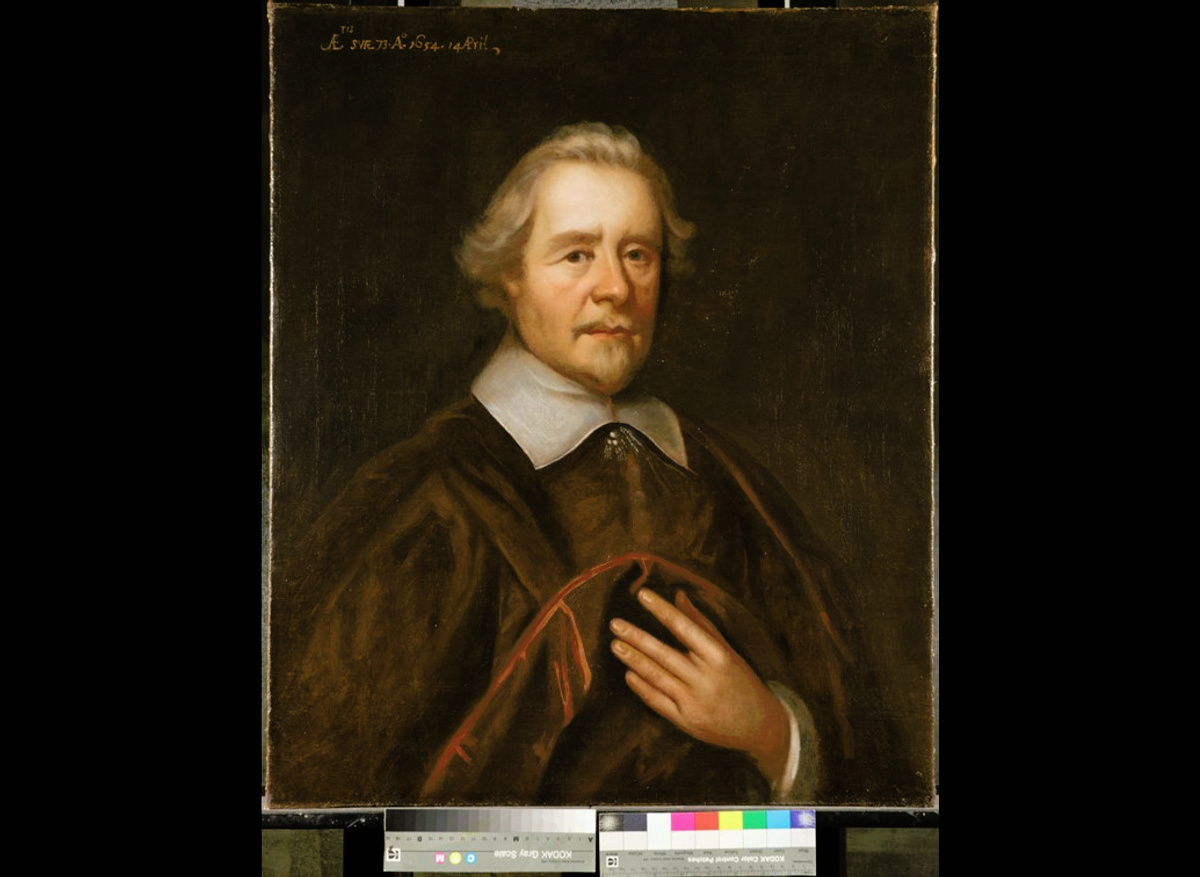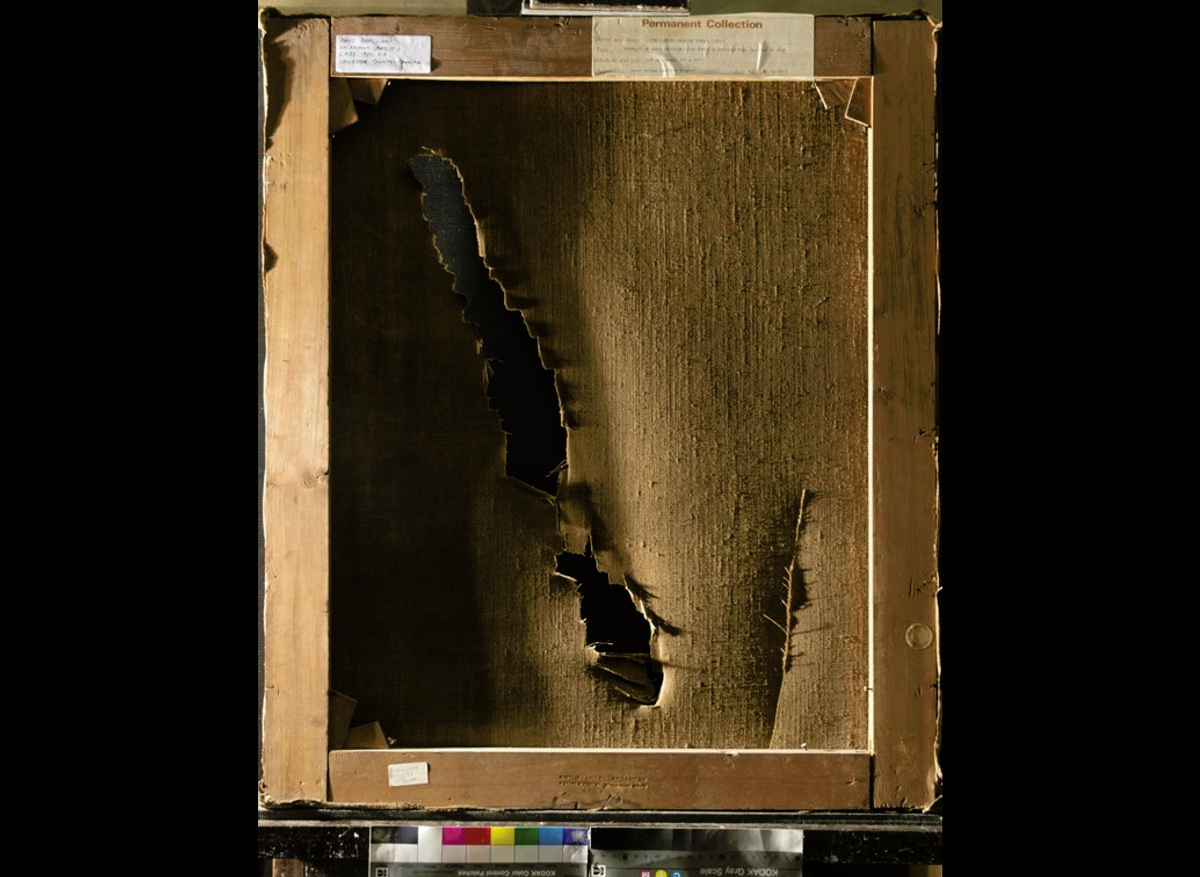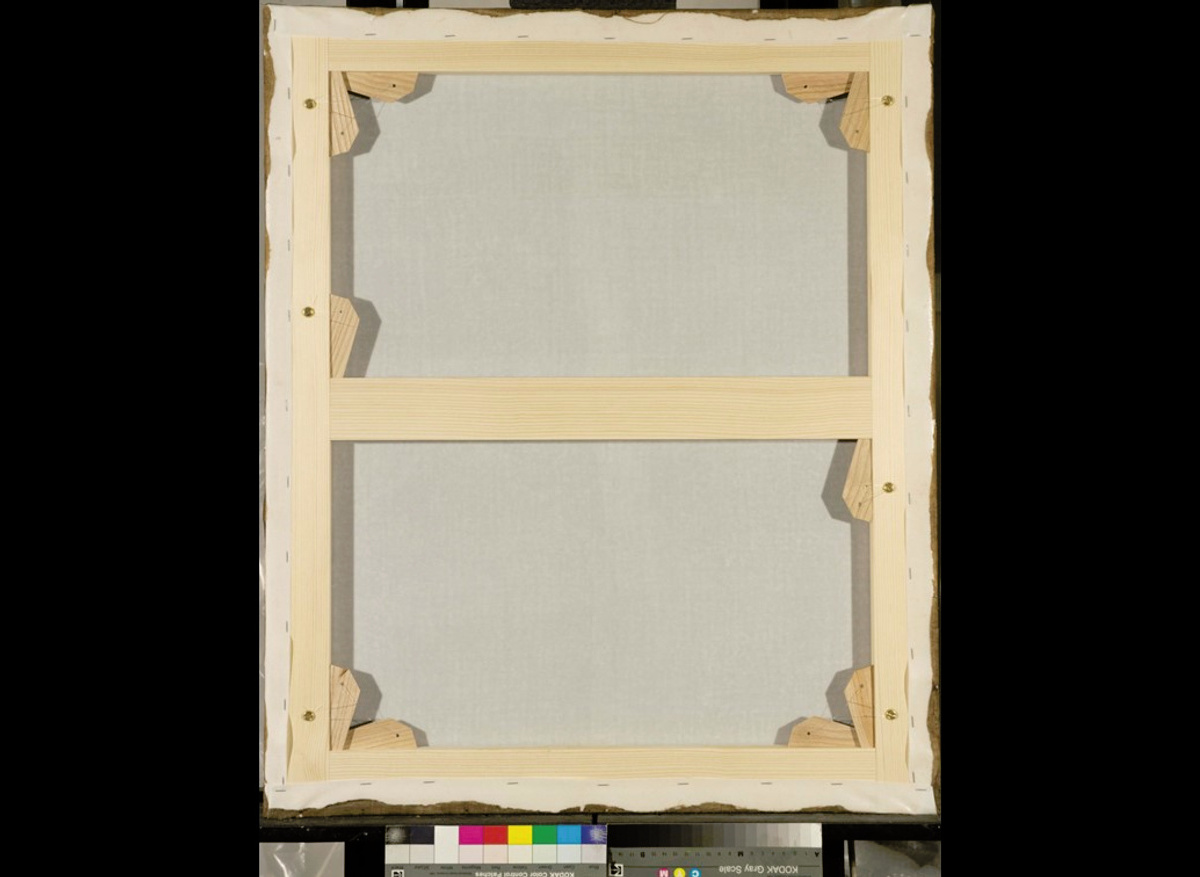Critchlow and Kukkonen Ltd offers conservation and restoration services for easel paintings from all periods in a variety of media and supports. We can treat paintings ranging in size from miniature to very large scale.
Our complete range of services include:
- Conservation and restoration: detailed condition reports | surface cleaning | varnish removal | consolidation of paint layers | treatment of canvas distortions | tear mending | strip-lining & lining | filling losses | retouching | varnishing | conservation framing & glazing | preventative treatments | documentation & photography
- Technical examination of paintings: ultraviolet light | binocular microscopy | pigment analysis
- Preparation and documentation for exhibition & loan
- Estimates and surveys of collections | advice for display and storage conditions | disaster response | talks and lectures.
Located in the south of Sheffield, the studio is easily accessible to visitors with small paintings as well as lorries delivering bigger works of art. The spacious studio and specialist equipment make it possible for us to treat very large scale paintings and carry out structural treatments including linings. We also make sure that any paintings in the studio are safe and have installed electronic and physical security systems that match museum specifications.
Accredited members
Lucy Critchlow ACR
Lucy was awarded the Institute of Conservation (Icon) Professional Accreditation for Conservator Restorers in 2014. Prior to the formation of Critchlow & Kukkonen Ltd, Lucy worked for Gillian Walker's Conservation & Restoration of Easel Paintings studio in Sheffield and undertook projects for museums and art galleries across the UK. After her History of Art BA (Hons) at the University of Birmingham, Lucy went on to achieve a Distinction at Northumbria University for the Conservation of Easel Paintings MA, and in 2010 she completed a post-graduate Conservation Internship at the Stichting Restauratie Atelier Limburg, Maastricht.
Eeva Kukkonen ACR
Eeva was awarded the Icon Professional Accreditation for Conservator Restorers in 2017. Before Critchlow & Kukkonen, Eeva worked in private conservation studios in Sheffield and Glasgow, and at SRAL, Maastricht, where she also undertook a post-graduate conservation internship. Eeva was part of the team conserving the walls and ceilings of the Scottish National Portrait Gallery. Eeva has first class master's degrees in the Conservation of Easel Paintings, Northumbria University (2012) and Approaches in Technical Art History (2010), University of Glasgow. Completed courses include Health and Safety for conservators; Pigments and the Polarising Microscope; Modern and Traditional Resins and Varnishes.

